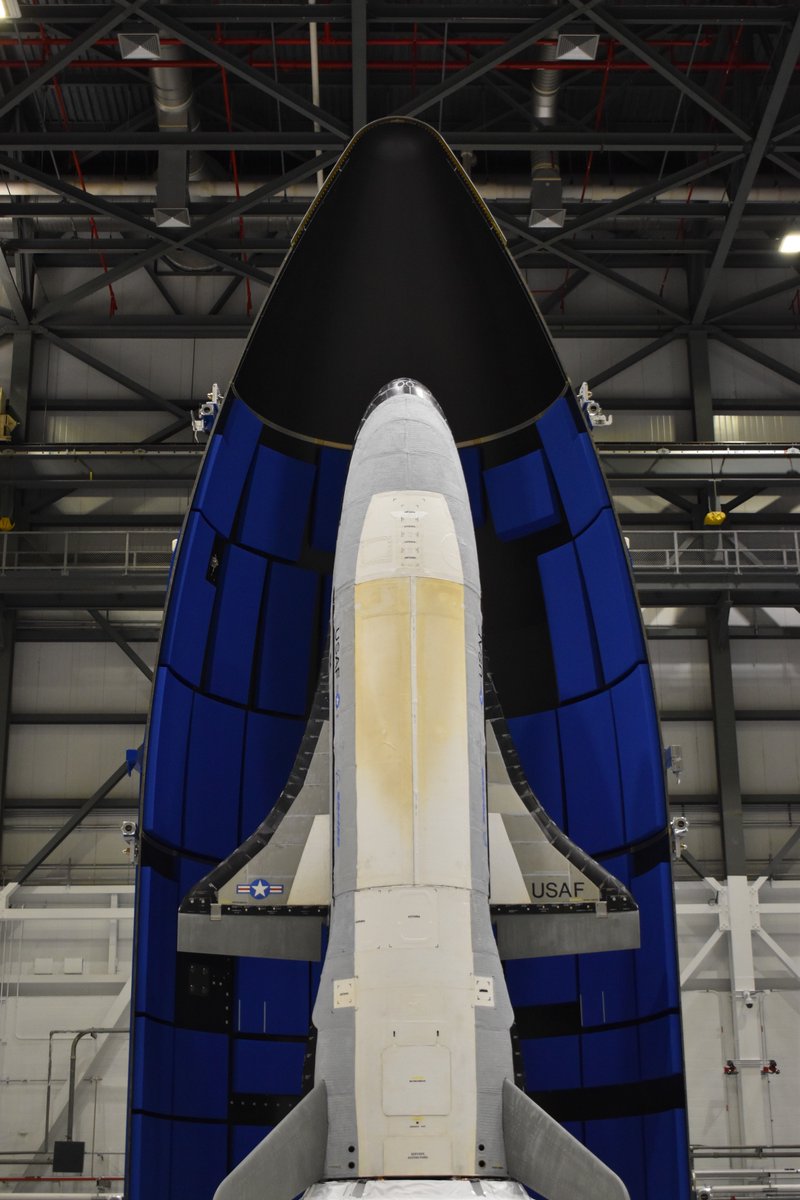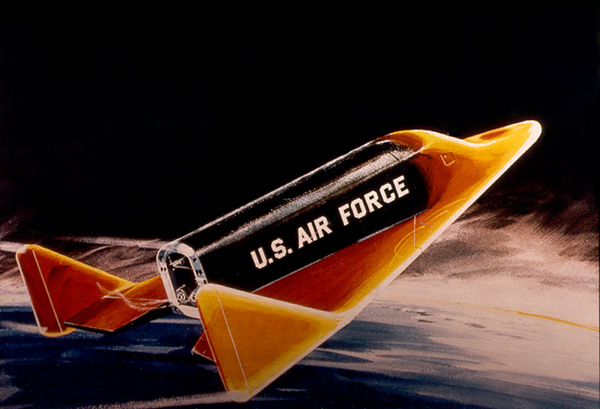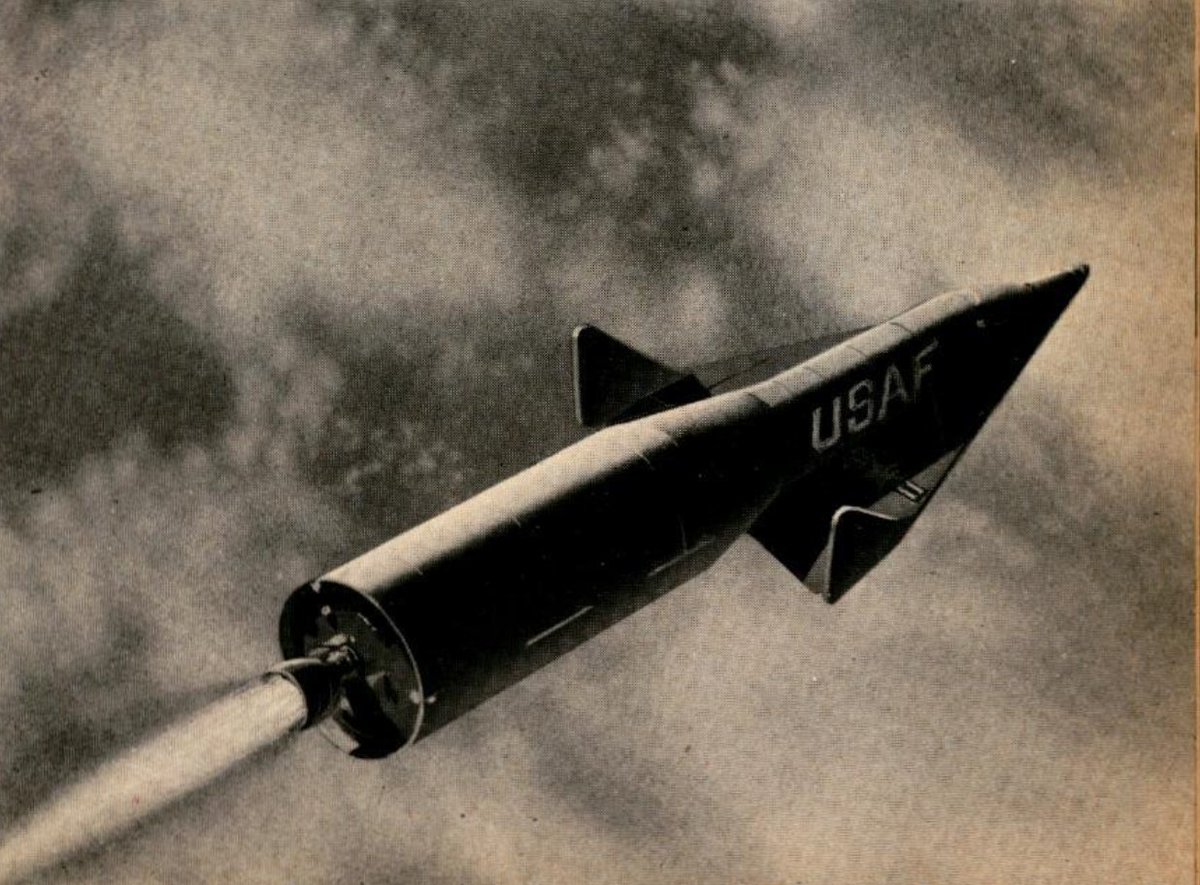Over the weekend, @USAirForce, in partnership with @SpaceForceDOD, launched the mysterious X-37B Orbital Test Vehicle on its sixth mission.
The Boeing X-37B is an uncrewed spaceplane designed to operate in low-Earth orbit. Over the course of the X-37B’s five previous missions, it has spent more than 2,800 days in orbit. This is the X-37B’s first mission to use a service module to host experiments.
The X-37B isn& #39;t the first time the @USAirForce has developed a spaceplane. In the early Cold War, the service launched a program with what might be the best name ever: the X-20 Dyna-Soar.
Short for "Dynamic Soaring," the X-20 was meant to be a research vehicle to explore controlled atmospheric reentry, as a stepping stone to other potential military missions in space, like reconnaissance or weapons delivery.
The single-pilot plane, designed by Boeing, would be launched from atop a Titan IIIC booster, perform its mission in space, then glide back and land on Earth at an Air Force base.
The Dyna-Soar program was cancelled in 1963 due to concerns around cost, capability, and reluctance to weaponize space. It never got past the mock-up stage, but influenced later projects like the Space Shuttle.

 Read on Twitter
Read on Twitter







